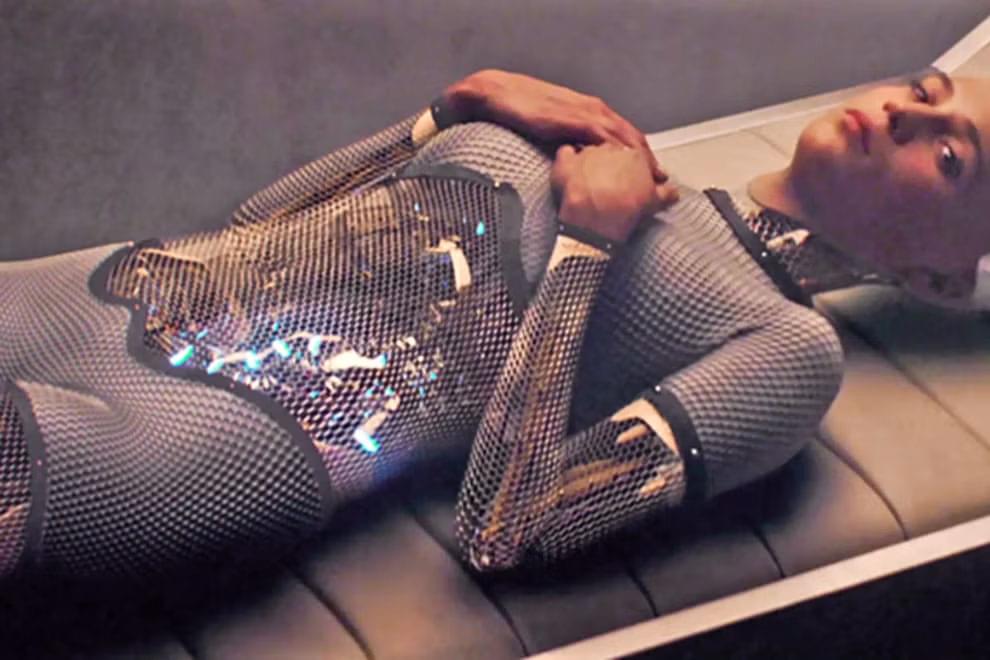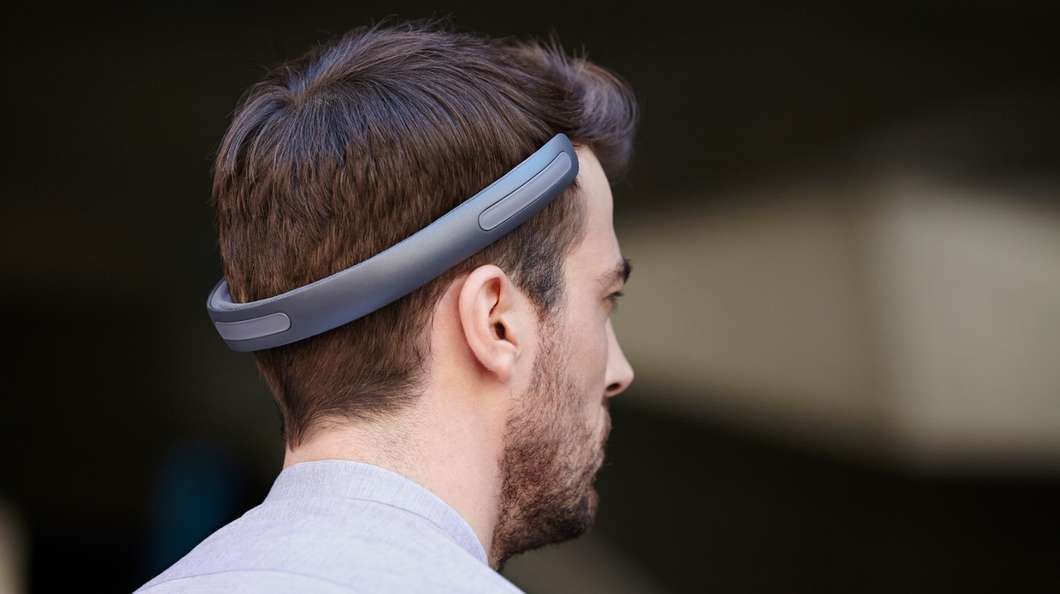Progress always seems to ride a slippery slope. Innovations generally bring a plethora of potential benefits and just as many dangers, the obvious and the hidden. Technologies that tamper with our biological constructs is well underway in the neuro- and biotech industries. Historically, innovations in medicine have usually been beneficial on the aggregate.
But these new breakthroughs go beyond preventing and healing pre-existing causes. Transhuman technologies hold the promise of enhancing who we are as individuals and potentially as an entire species, and the decisions surrounding these technologies are far from simple. Dr. Nayef Al-Rodhan, a philosopher, neuroscientist, and director of the Geneva Center for Security Policy, believes we should be acting now to prepare for the inevitable and the unpredictable ramifications.
Framing Human Motivation
Considering our mixed track record as a species in rolling out groundbreaking innovations, discussing and finding potential solutions to many of the hidden dangers, and obvious ones, seems more than reasonable. One of the more puzzling questions is, where do we begin to have a pragmatic conversation on the ethics of these technologies?
There are plenty of theories about what drive human decisions, not least because human morality is infinitely complex and our minds crave frames through which to make sense of chaos. Dr. Al-Rodhan has his own conception of what drives human motivations. He makes meaning using the lens of “5 P’s” – Power, Pride, Profit, Pleasure, and Permanence – which he posits drive human motivations. “This is my view, the foundation of my outlook…this perceived emotion of self interest drives our moral compass.”
Al-Rodhan’s view of human nature seems to make a lot of sense, bridging the rational with the emotional. Such a frame is particularly helpful when considering technology that undoubtedly taps into our deepest fears and hopes, and invokes rational (and irrational) debate. During a recent TechEmergence interview with Nayef, I asked for his thoughts on the concerns and considerations of this brand of technology in the coming decade.
The Near Business of Enhancement
Al-Rodhan believes that we will see cognitive enhancement primarily through neuropharmacology, or neuro- and psychostimulants. This concept of this technology is nothing new — the military and many other organization have used their stimulants of choice in the past, one of the most pervasive being alcohol. But this new wave of neuro- and psychostimulants will methodically target specific areas in the brain, giving way to the possibility for innovations like increased mood modulation and more cognitive ability within the confines of the brain’s neuronal population.
Neuromodulation has been used in the military, with some efforts to make soldiers less emotional and to require less sleep. The difficulties with side effects are often more pronounced when soldiers return from combat. “They are all messed up due to severe brutality, fear, and some of these agents they are given make them addicts to certain things,” says Nayef, acknowledging that this happens in most all militaries. “The point is that psychostimulants and neuromodulators will make us feel very good, but they are very dangerous because they require addictive behavior…and we need strict oversight mechanisms.”
Nayef says that technologies such as brain machine interface (BMI) are likely beyond the span of a decade, but that implantable microchips (whether bio or biotechnological) are as much of an immediate concern as the introduction of neurostimulants. “The FDA in the United States is entrusted with keeping us on the right path,” says Al-Rodhan.
Finding Common Regulatory Ground
Is it possible to put in place national or international structures for managing these new and emerging technologies? Al-Rodhan believes it is more than possible; however, the primary issue is that our regulation is way behind innovation. Regulatory frameworks are lacking for a number of reasons. The unpopularity in politics is a major obstacle to overcome. In elections, these types of contradictory frameworks are not politically on the front burner for most candidates, and the long-term outlook is limited.
Another area for concern is corporate pharmaceutical entities, which Nayef says are not as well regulated as some might think. Businesses are concerned about the bottom line above all else, which at times yields unfortunate outcomes for the whole of society. “This is part of their role as executive, they’re not too concerned about moral regulation,” says Nayef. As unappealing as it might sound to free market capitalists, the institution that traditionally steps into these frontiers to regulate is government.
A relevant and current example is the science and business of moderating genomes in China, which is already investing a lot of money in this industry. Some effects of this technology may not be so obvious at first, and it is possible that negative ramifications could occur without the correct bioethical oversight. Al-Rodhan asks “what happens if you get a piece of DNA that preludes the biosphere? Who knows what kind of mutation that may produce spontaneously or by merging with other DNA in an organism.” These are the types of questions that governments, academic institutions, corporations, and individual citizens need to be asking, considering the multiple perspectives that emerge from a framework like Al-Rodhan’s that applies across cultural boundaries.
Al-Rodhan describes the process of implementing such regulatory frameworks as a transnational effort, but says that such efforts start with countries like the U.S., Japan, and Europe, where accountable mechanisms already exist. Taking the lead doesn’t guarantee the same priorities will be given elsewhere, but it can provide an example — and ideally a positive one. “We have about a decade to get our act together,” says Al-Rodhan.





